About two years ago, I was walking along Bond Street and noticed a very pretty, small gallery at the bottom of Clifford Street – The Maas Gallery. The painting in the middle of the window which drew me in was of waves – spectacular but sadly, way above my price range. However, I was happy enough that they asked me to leave my email for future exhibitions they might have.
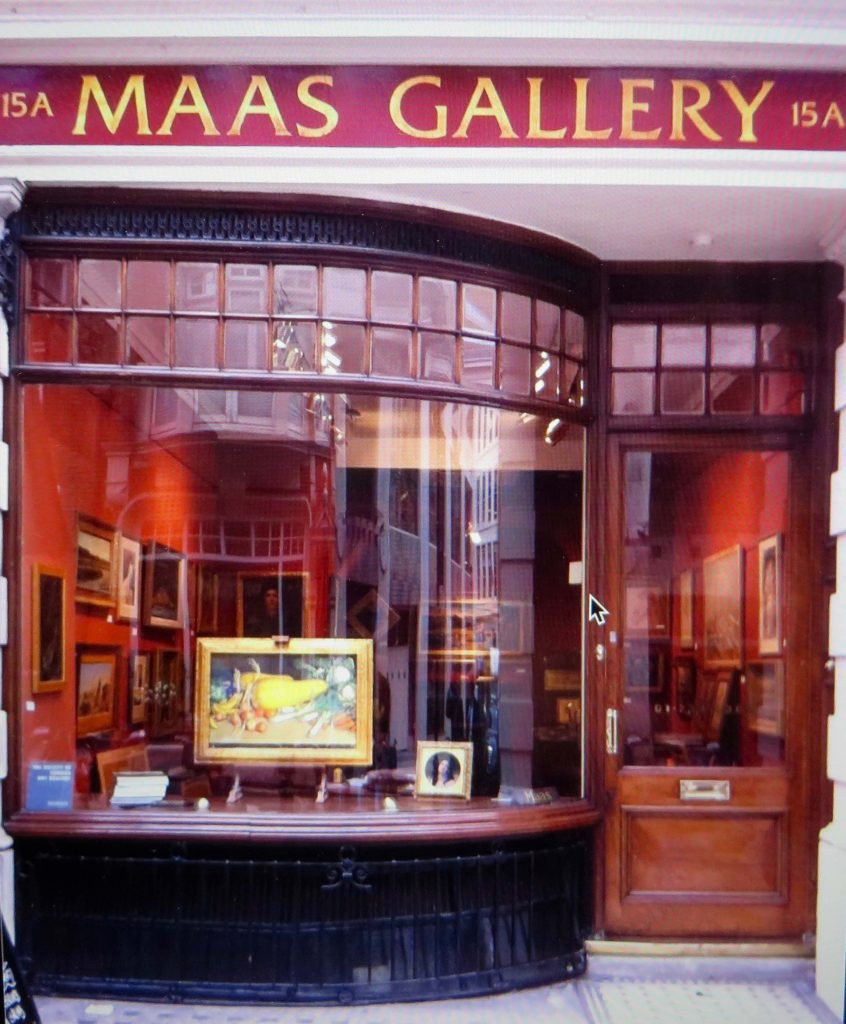
In lockdown last October I had a message to say the gallery was moving to bigger premises in Duke Street, St. James’s, after sixty years. Out of curiosity, I looked up the exhibitions they had shown in recent months – one was called ‘In Good Company’. Looking through it, I came upon a pencil drawing/watercolour of the actress, Sarah Bernhardt (1844-1923), by Walford Graham Robertson (1866-1948).
On looking him up, I found that he was a contemporary and friend of John Singer Sargent, who had twice painted Robertson’s portrait – one of him in an elegant, long coat. Robertson himself was also a good friend of Sarah Bernhardt and another actress, Ellen Terry – he painted portraits of both women – the one of Ellen Terry is in the National Portrait Gallery, here in London.
It was as much these connections that motivated me to buy the Sarah Bernhardt painting – as well as being at a price I could afford. It’s a small panel painting – Sarah is looking romantic, standing in a fern filled garden with a dog at her feet. The framing is particularly suited to it.
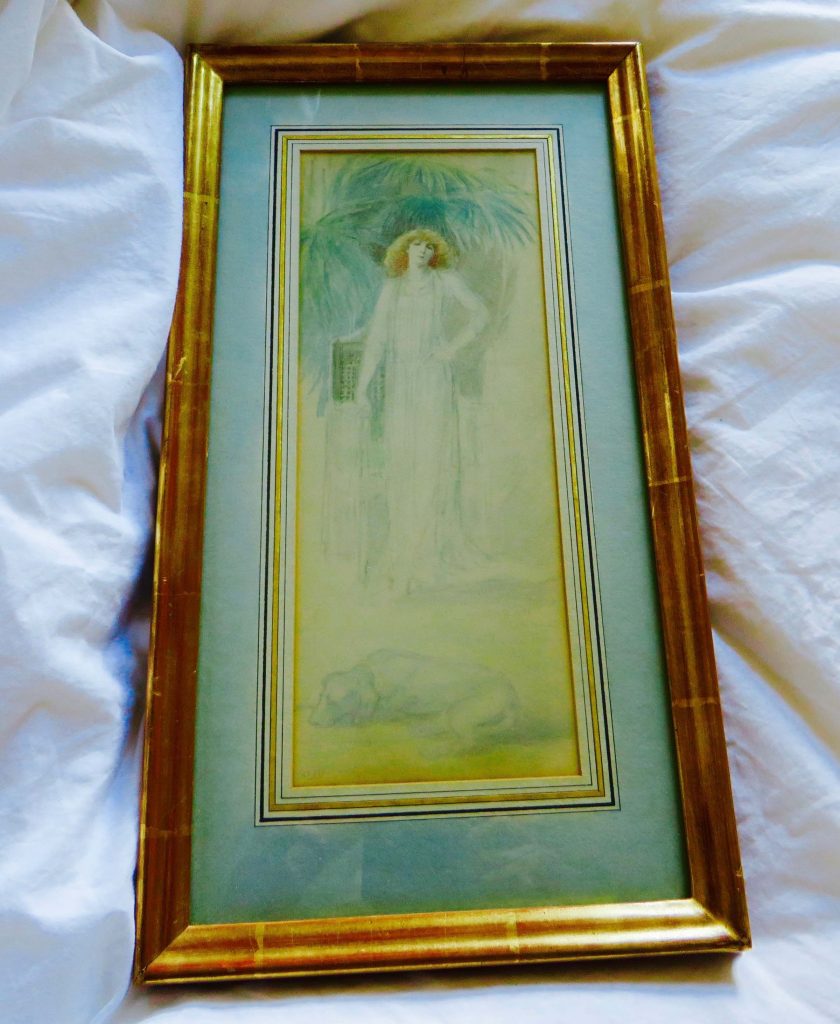
As well as being an actress and sculptress, she acquired an amazing menagerie of animals, whom she adored. They included a lynx, a parrot, a boa constrictor, a lion, a tiger cub, three cats, several birds and dogs, a jaguar, six chameleons, a chimpanzee called Darwin and two alligators – one of whom died of a surfeit of champagne.

The other alligator was shipped to her apartment in Paris. As it was being unpacked in its drugged state, her Manchester terrier went to see what was going on. Its furious barking awoke the sleeping reptile, who unfortunately made short work of said dog.
Sarah Bernhardt ordered that the alligator be shot – she had the head stuffed and put on the wall of her apartment, with a notice underneath. ‘My beloved little dog – his tomb’.
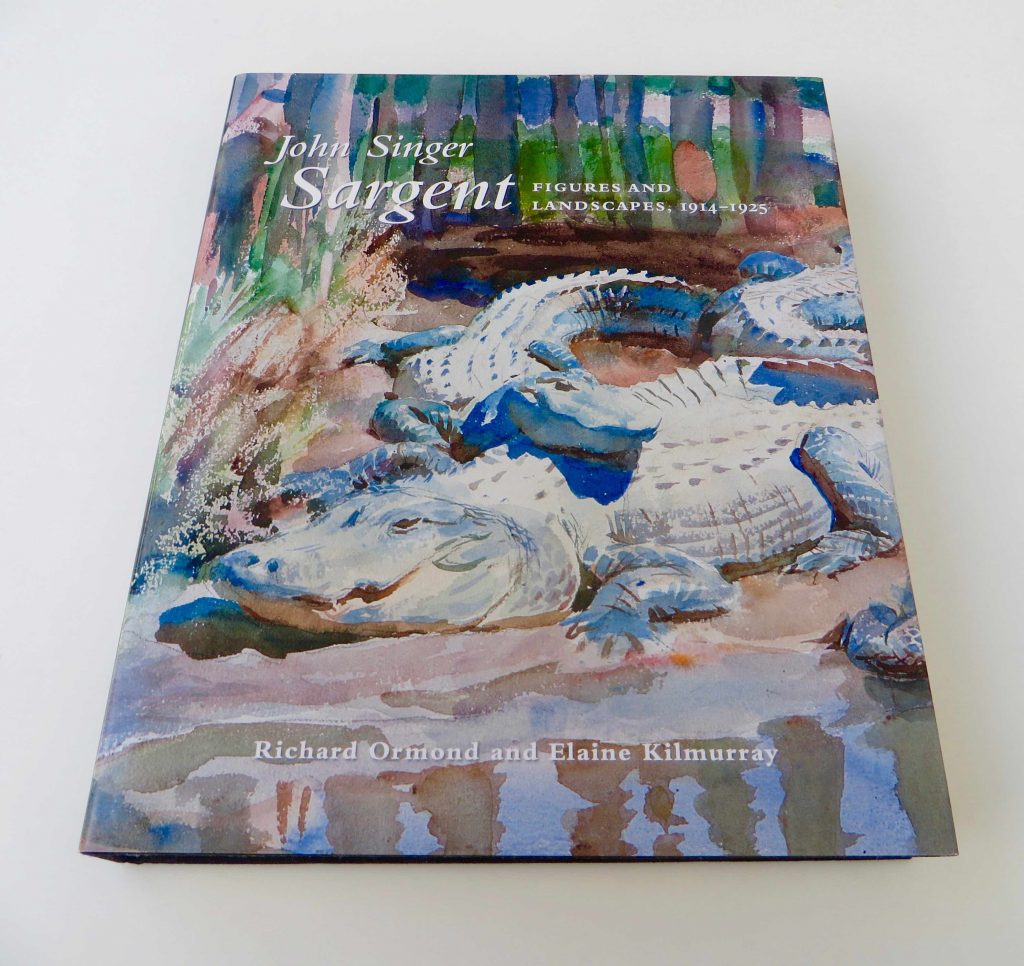
Rupert Maas, the owner of the gallery, had told me that Walford Graham Robertson (WGR) had written a book – ‘Time Was’ – a collection of reminiscences of his famous and celebrated contemporaries in art and literature, many of whom were also good friends – John Singer Sargent, James McNeill Whistler, Oscar Wilde, Ellen Terry, Edward Burne-Jones, Dante Gabriel Rossetti, Sarah Bernhardt, Henry James, Henry Irving, Count de Montesquiou – to name a few … later on in his life, when Robertson moved for the most part to the Surrey countryside, he met Kenneth Grahame, of ‘Wind in the Willows’ fame. The links are so many.
Diverted by extraordinary stories of alligators, I now returned to tracking down ‘Time Was’ and a trawl through Abe Books threw up a copy in very good condition from Jacques Gander, an antiquarian book dealer. A lucky find.
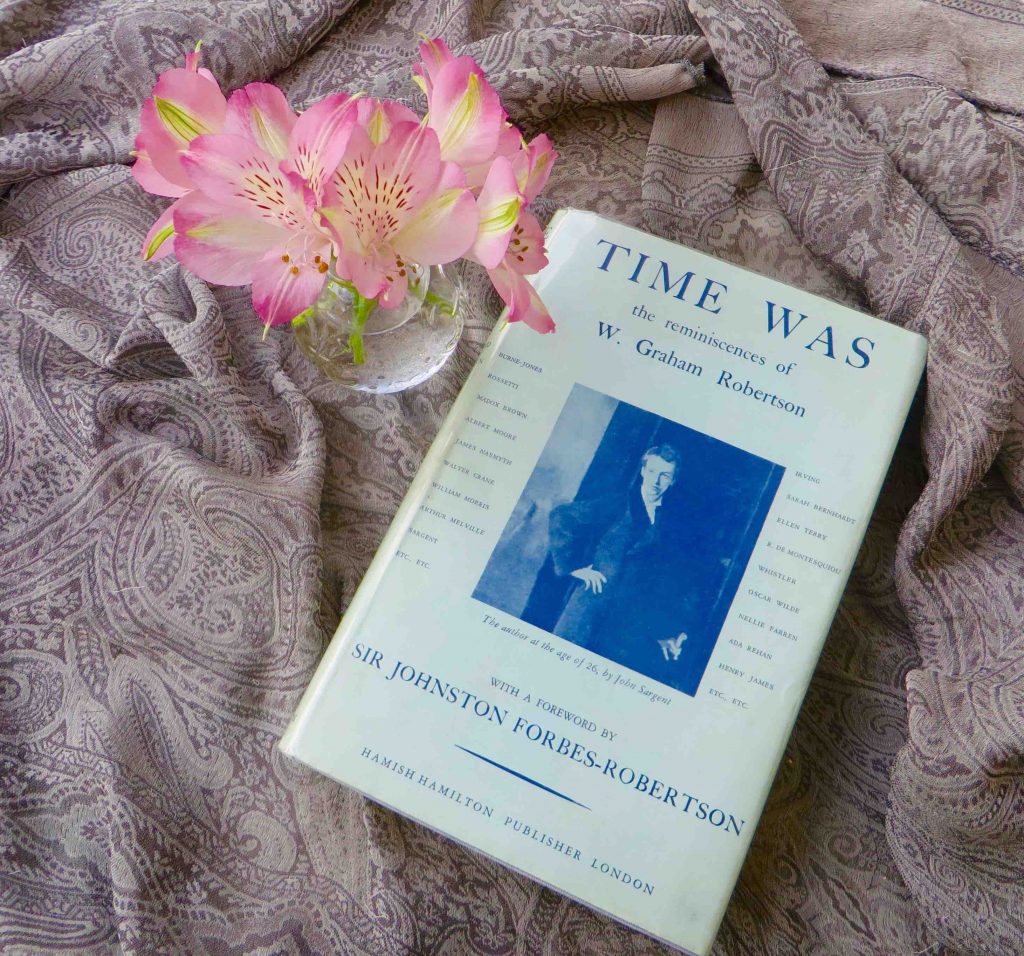
Robertson comes over as a very likeable, observant and thoughtful individual, modest about his own talents – he was a prolific painter, illustrator and writer and did both sets and costumes for the theatre – and he was obviously dearly loved by many of his friends and acquaintances of the time. The more I got to know about him while reading ‘Time Was’, the more keen I was to own this painting he did of Sarah Bernhardt.
I would have liked to have known WGR. He was knowledgeable and curious about finding things out, a lover of art and books and the theatre but also somebody who was a good listener, interested in other people, kind, intelligent and not seemingly self centred. A joy to spend time with, in fact …
On the back of ‘Time Was’ are comments by critics. J.C. Squire of ‘The Observer’ writes, “His book is a delight to read and I think that it will leave many readers with a feeling that I have myself, namely, that one would rather go round the world with the author than with many of the famous people whom he writes about.”
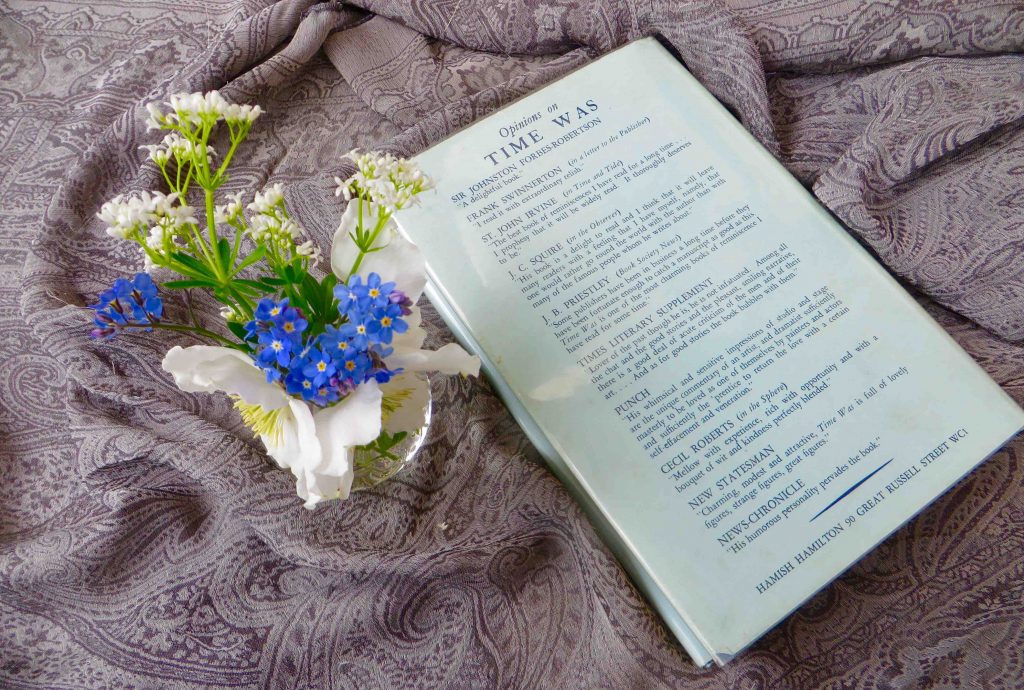
‘Punch’ writes “His whimsical and sensitive impressions of studio and stage are the unique commentary of an artist, and dramatist sufficiently masterly to be loved as one of themselves by painters and actors and sufficiently the ‘prentice to return the love with a certain self-effacement and veneration.”
Others mention his humour, his ‘bouquet of wit and kindness’ and “as for good stories the book bubbles with them.” He may not be remembered himself today but John Singer Sargent asked to paint his portrait. Whistler, who was known for his faint praise of other artists – and I quote from Robertson’s book, ‘Once – only once – he (Whistler) really liked a painting of mine, a small portrait of Sarah Bernhardt, and I remember him carrying it about the room, putting it in various lights and ejaculating at intervals – “No, but I say – eh? – isn’t it – eh? – isn’t it – pretty?” – and the word ‘pretty’ was not used opprobriously.’
I wonder if that is the portrait I now have? I like to think so. I found it difficult to get a good photo and, like Whistler, carried the picture around, looking for the best lighting. He probably did a better job …
I was also interested in the fact that Robertson became obsessed with William Blake and collected many of his drawings and paintings. Blake was born in 1757 and one of his books ‘The Songs of Innocence and of Experience’ still sells today.
Blake was a creative polymath and poet, a philosopher whose thoughts on scientific understanding made him prophetic about such discoveries as the atom. He would also have experimented with all types of drugs and was wildly extreme with an unusual sex drive. He often read aloud to his wife in the garden, both of them naked. I remember a story about two women who used to race around Soho with large pairs of scissors, cutting off anyone’s long locks who came into view. Blake would have found this eccentricity very entertaining.
Most of all, he was a ‘futures’ man, who instinctively saw ahead of his time.

And the fact that WGR loved Blake and collected so much of his work makes me find him even more fascinating as a person. Robertson bequeathed his collection of Blake’s work to the Tate Gallery on his death in 1948.
As all this was coming together, I spoke by chance to someone I worked alongside at Oxford University Press in the early 1970s. She recommended reading ‘The Man in the Red Coat’ by Julian Barnes, which is about Samuel Pozzi (1846 – 1918), a French society doctor and pioneer gynaecologist, born in Bergerac, France, who lived out his extremely successful professional and complicated personal life against the backdrop of the Parisian Belle Epoque.
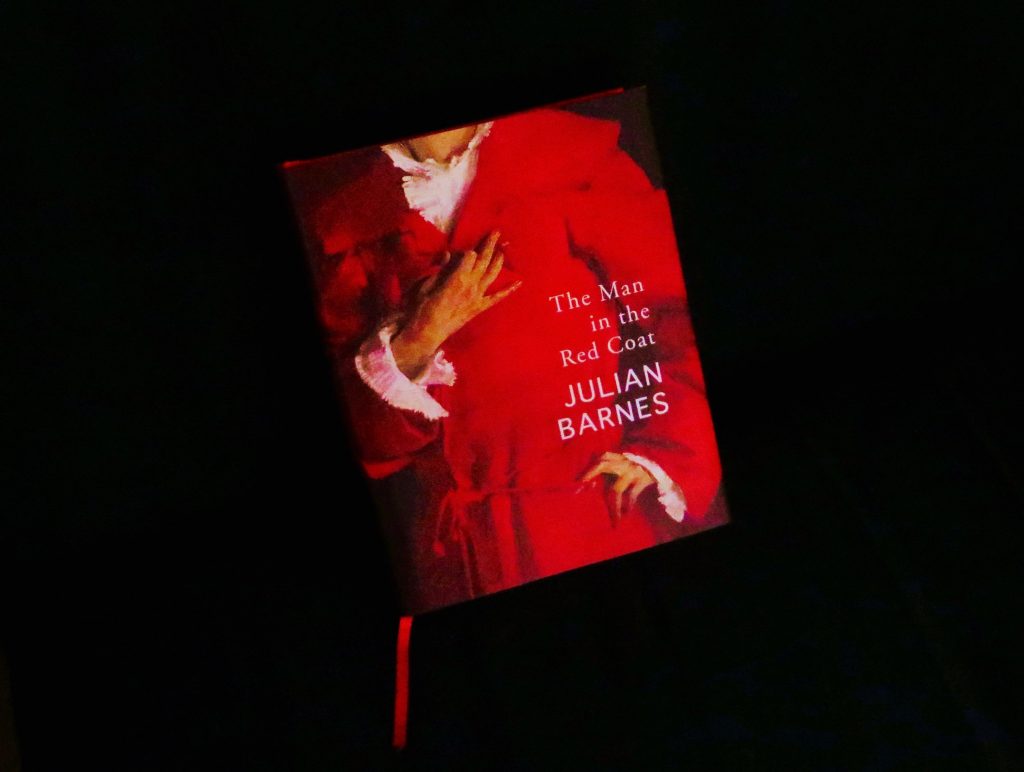
And the first reason for including him here is, like Robertson, he also had his portrait painted by John Singer Sargent, wearing a glamorous, long, red robe, which Julian Barnes analyses in a very entertaining way. And, secondly, Pozzi and Robertson both knew Sarah Bernhardt.
I wondered if Robertson and Pozzi ever met, although there is nothing to suggest in ‘Time Was’ that Robertson ever went to Paris, even though Sarah Bernhardt lived there most of the time. But Pozzi did come to London. Julian Barnes starts off his book recounting a time when Pozzi and two friends (Count Robert de Montesquiou and Prince Edmond de Polignac) came to Liberty’s in London – Pozzi to buy both furnishings for his house in Paris and tweed material for his suits.
WGR became good friends with Sarah Bernhardt. In Paris, Samuel Pozzi also became good friends with her – she called him ‘Docteur Dieu’ as he did at least one operation on her. She often called on him for medical advice and it’s more than possible that he became her lover for a short while. Moreover, they continued, like WGR, to be friends for life.
But what really intrigued me about Pozzi was the rich and full life he led and, surprisingly, how few enemies he made during his life in this age of the ‘belle époque’, as he moved confidently among the ‘glitterati’ of the art and theatre world.
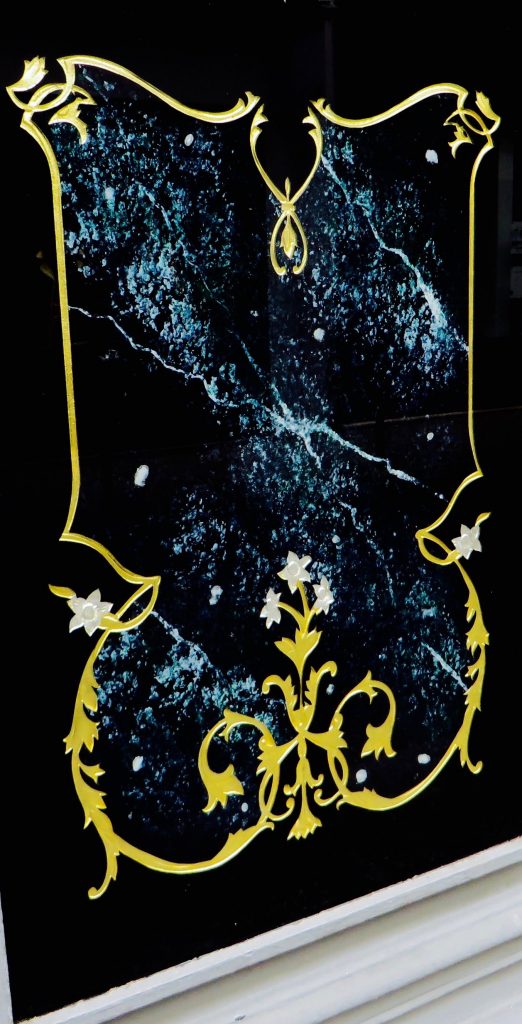
As a doctor/surgeon, he was talented, admired and celebrated by his peers. He was tall and handsome, had married into money, his wife, Thérèse Loth-Cazalis, being the daughter of a railroad magnate. He was also a collector of paintings, sculpture, tapestries, books, fine furniture and interesting objects from around the world. He had good taste. And overall, he seemed to be blessed with a very well balanced personality, using all his talents and charm to great advantage. He advanced the progress of medicine in many ways and he should be remembered for that alone.
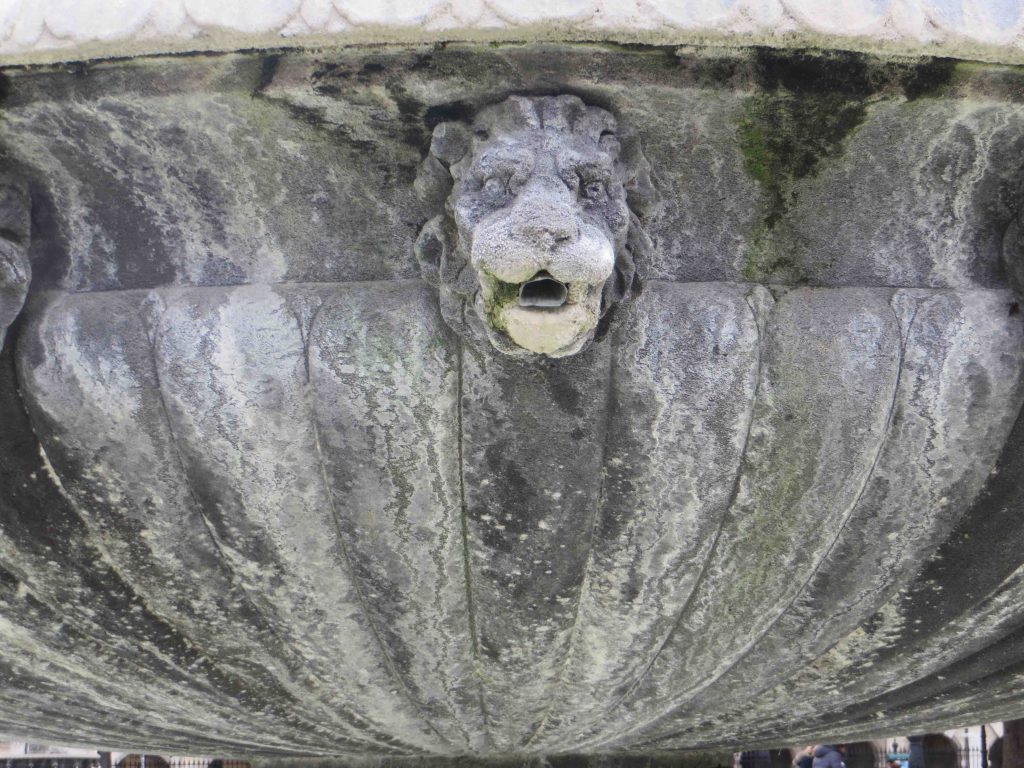
I became more and more intrigued by Pozzi. In his desire to learn more about and improve medical procedures, he made trips both to the U.S. and to Brazil and Argentina to visit hospitals and was astonished by the quality of medical care in those countries. He was curious, outward looking and determined to find cures for all kinds of illnesses, so as to relieve human misery. He also kept in touch with the Mayo Clinic in Rochester, New York, set up initially by two brothers from Lancashire, England.
His first trip to Britain in 1876 was to attend the British Medical Association’s conference in Edinburgh, where he met Joseph Lister and learned about the sterilisation of wounds, operating theatres and of surgeons’ hands. This opened up a lifelong series of exchanges with European and American colleagues. Pozzi worked for thirty five years at the public Lourcine-Pascal hospital in Paris, putting all the information he gained into practice. At another hospital, the Broca, he got his artist friend, Georges Clairin, who incidentally was also a close friend of Sarah Bernhardt, to make a huge wall painting. Today, we try and make hospitals more friendly to patients. Pozzi maybe planted the seed of this idea. The results of all his researches made him very well known in his field and he was fêted and celebrated during his latter trips to the U.S.
As a surgeon, he went on to specialise in gynaecology. It was rumoured that he had affairs with many of his patients but there is no hard evidence to support this. Pozzi was discreet about his private life although, especially through his daughter’s diaries, we hear that his marriage was not happy and that during the latter part of his life his house in Paris was divided into two parts. He lived in one and his wife, her mother and the children in the other. They never divorced. However, Pozzi was seen with his mistress, Emma Sedelmeyer Fischoff, on many occasions as they travelled around Europe together.
Pozzi was a Darwinist, a man of science and reason. His wife was from a deeply religious Catholic family and much influenced by her mother, who lived with her and found Pozzi unacceptable. Perhaps that is why the marriage was bound to fail. I like to think though that Thérèse’s fortune was put to good use by her husband. He was a phenomenon and I would very much liked to have met him.

A two volume treatise on ‘Gynaecology’ which Pozzi wrote was very well received and probably helped to make him the first person to be awarded the First Chair in Gynaecology in Paris in 1884. Later on he became a military surgeon in the First World War. He was also for some years mayor of Bergerac in south west France, where his family came from. He seems to have possessed enormous energy and drive, along with all his other talents – a trait I envy!
And yet this man also made time to enjoy the good things in life to the full and I feel, unlike many men of his type, who are often too egotistic to have true friends, he did have close relationships with both men and women and appreciated their various creative talents. He looked out at the world, he wanted to make a difference for good in his field and he also seemed approachable and relaxed – he loved life, he embraced opportunities and gave as much as he took.
Robertson and Pozzi are quite different personalities but I find I am drawn to both of them, even as they were both drawn to Sarah Bernhardt … and John Singer Sargent was himself drawn to paint the portraits of both men.
‘The Man in the Red Coat’ by Julian Barnes is beautifully produced and is full of fascinating characters and anecdotes. A much recommended read.
Singer Sargent’s father was an eye surgeon, his mother (née Singer), an artist. They lived in Gloucester, Massachusetts and ended up living in Paris and other European countries, leading an itinerant and peripatetic lifestyle. This move from the U.S. happened initially because of a girl child that died aged two years old and led them to have a change of scene.
John Singer Sargent was born in Florence, Italy. Ultimately, this decision would be advantageous later on, given both his artistic talent and the connections he was able to make. Singer Sargent was also a good linguist.
I’d love to go back to that period as an invisible onlooker, tracking down all these people and their professional and personal links to one another. Impressionism was on the rise and in later years Singer Sargent left portraiture, which had made him a good living, for landscapes painted in oils and watercolours.
Evan Charteris wrote of Sargent’s watercolours in 1927 – ‘To live with Sargent’s watercolors is to live with sunshine captured and held …’ These pictures have also captured and held me ever since I saw them first. I know who I am when I look at these paintings – Singer Sargent is my ‘Docteur Dieu’!
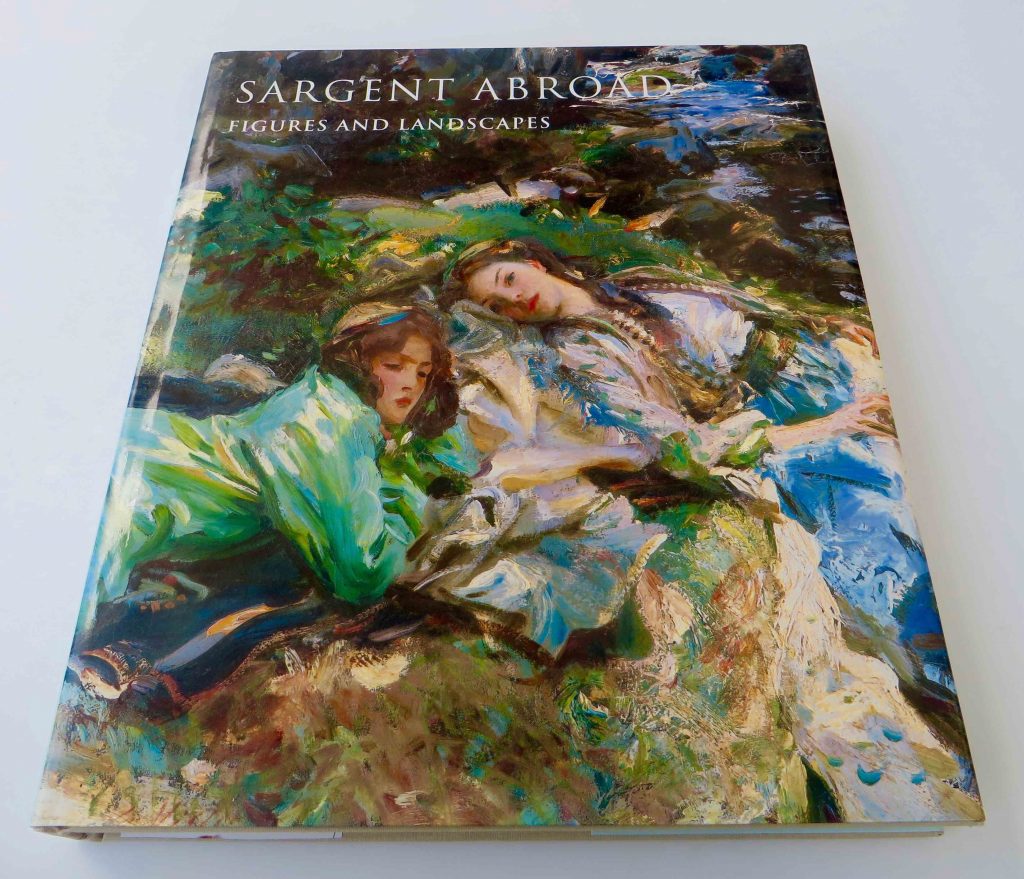
I bought a painting – and it unlocked a treasure trove. It’s in my bedroom to remind me that we all have our short time in the light and to remember others of a different era, who shone brightly for a short time – some of them for longer.
